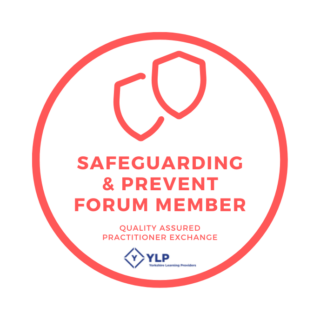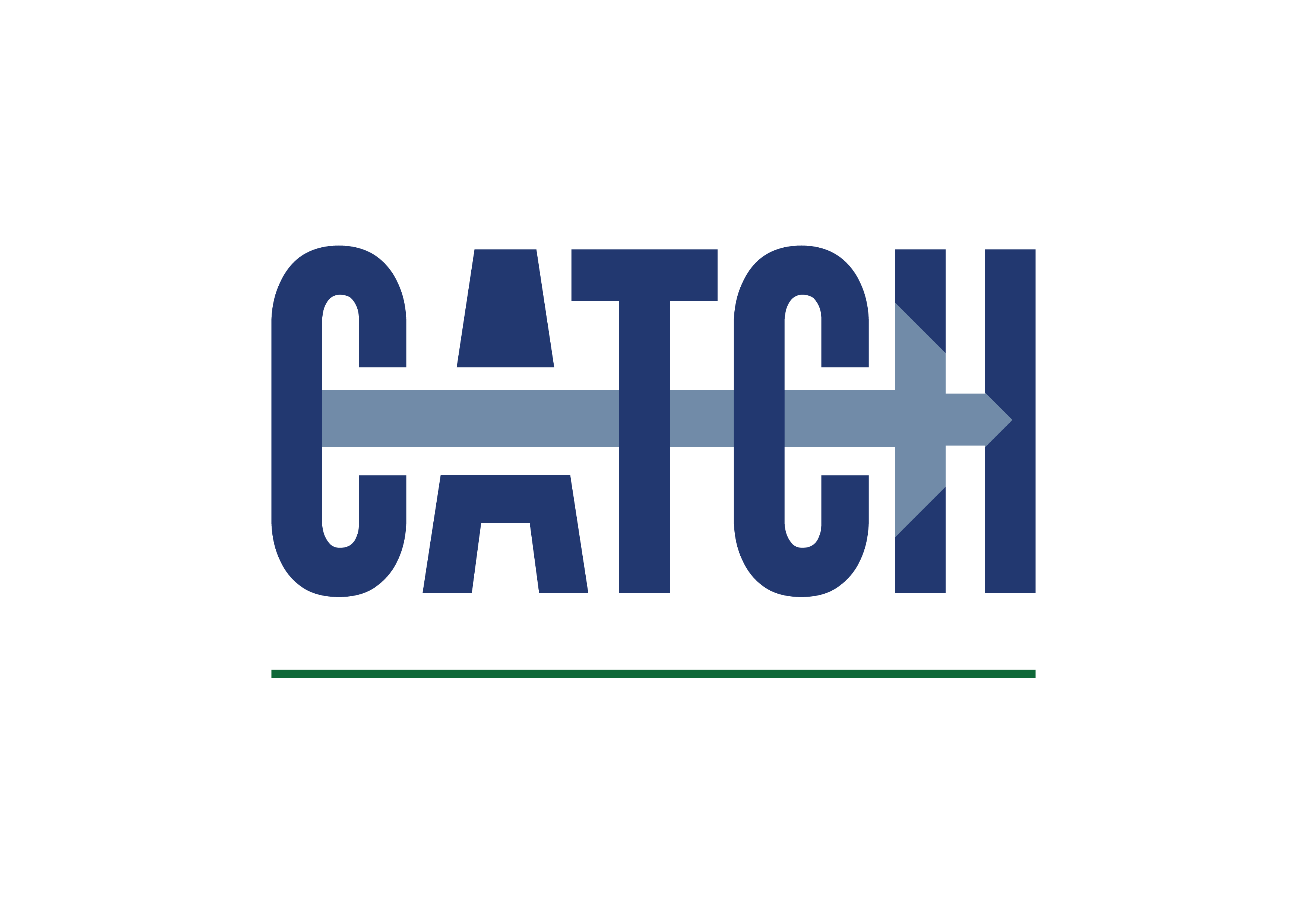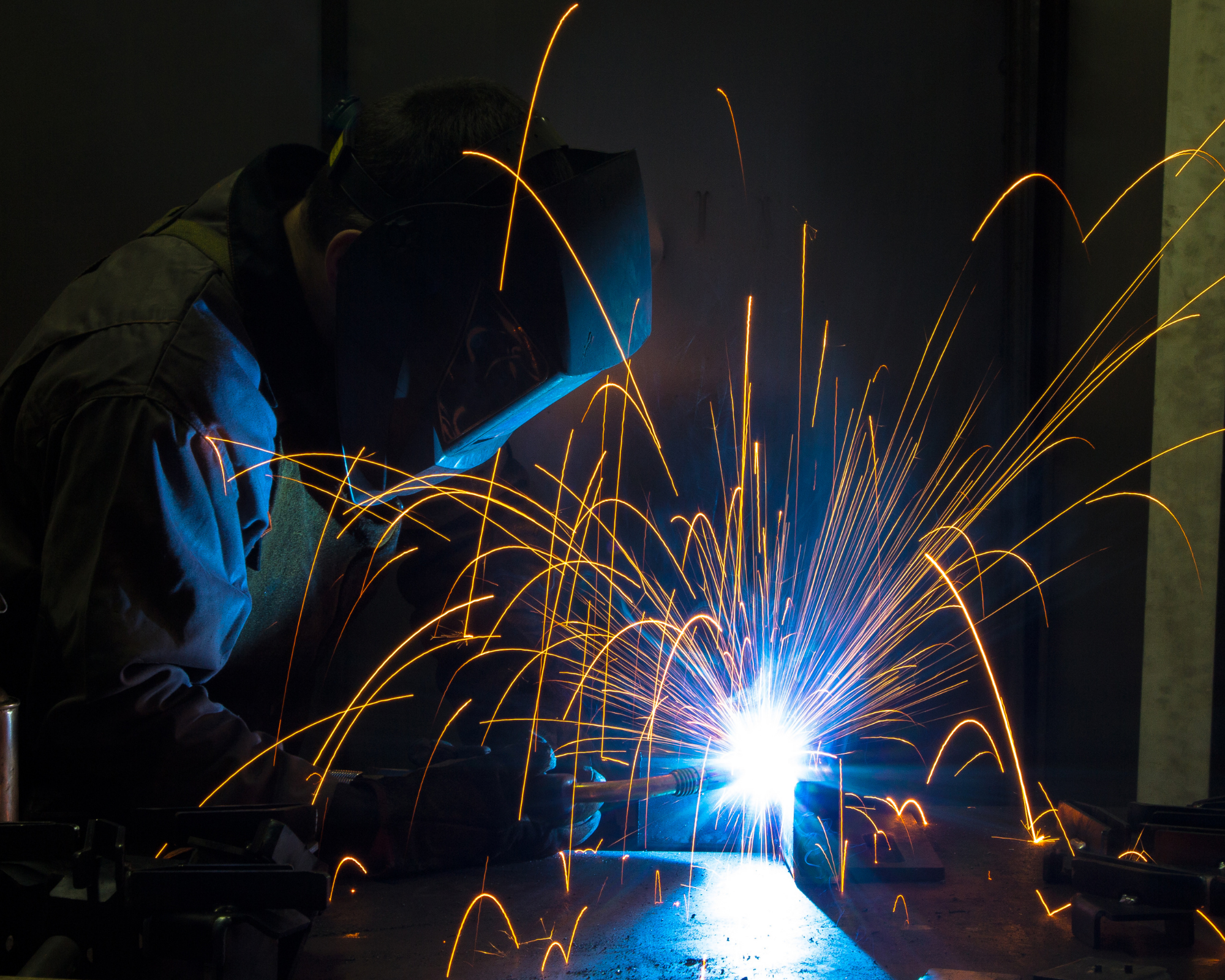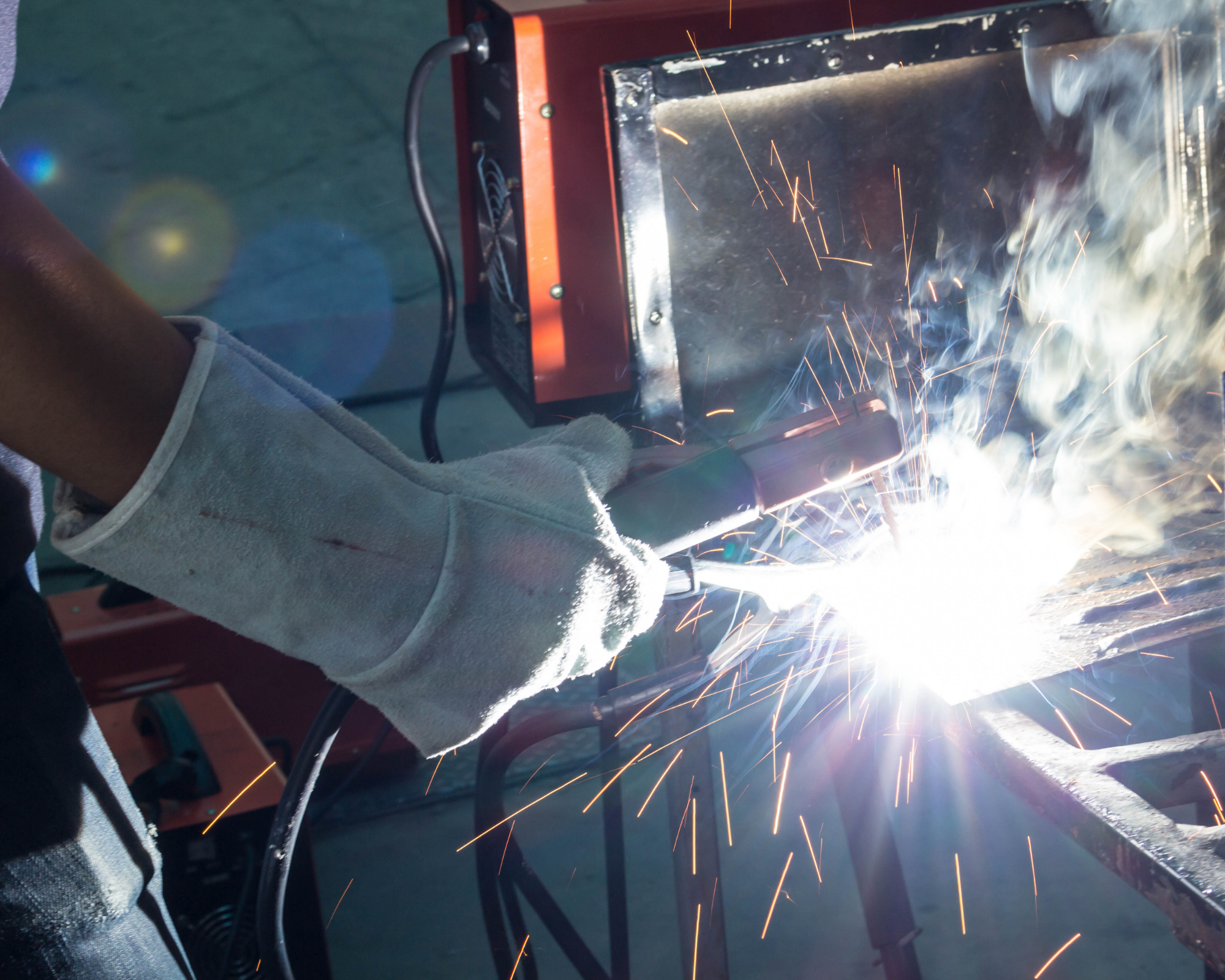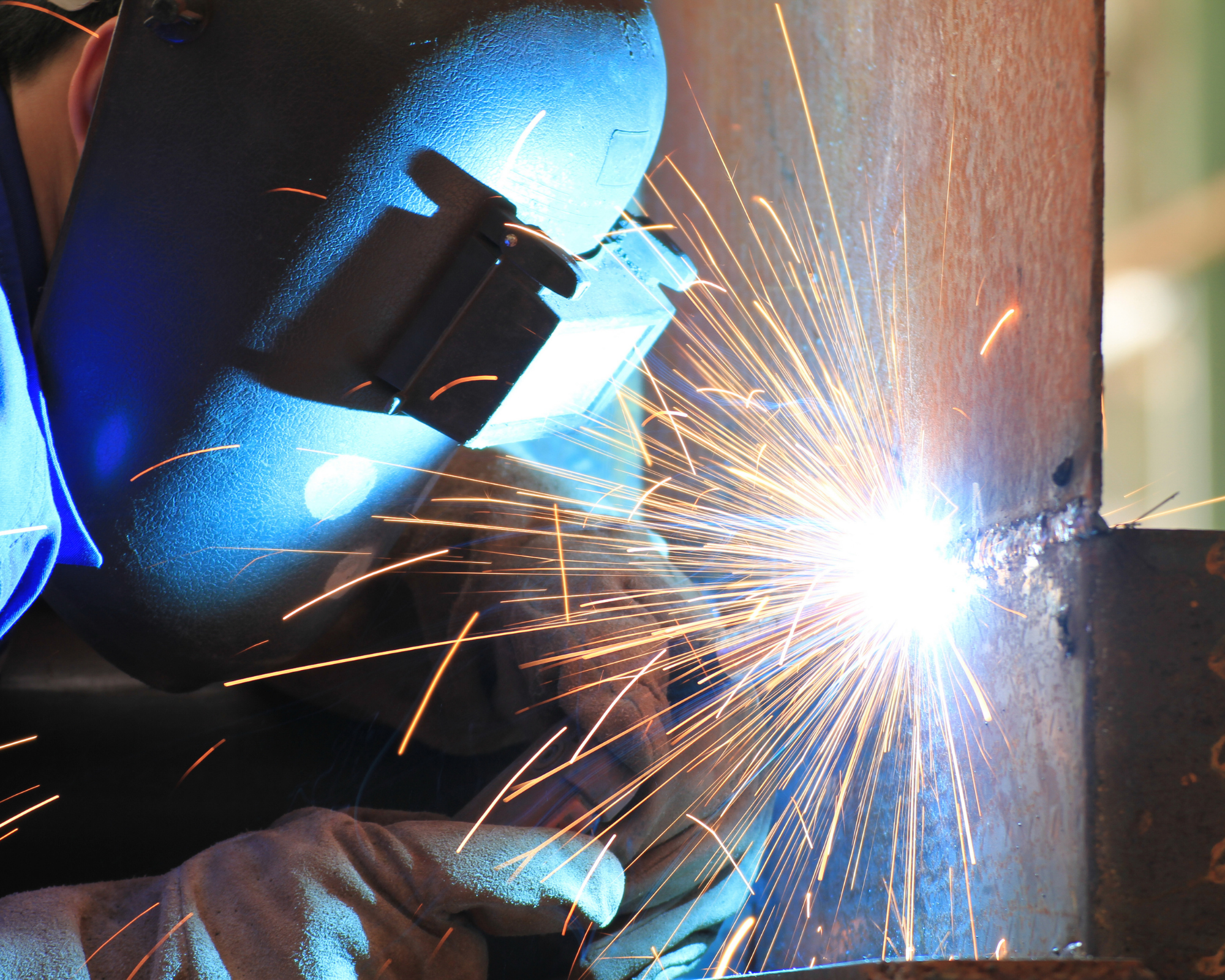Plate Welder Apprenticeship
Plate Welder
Plate Welder Apprenticeship
Level 3
To be delivered from September 2023.
Duration – 36 Months
Location – CATCH Stallingborough
Delivery – 11 months at CATCH – September – July, Monday – Friday, 8am – 4pm
Qualification – Level 3 Technicial Certificate and a Level 3 NVQ to be achieved once onsite with employer.
End Point Assessment (EPA): You will be assessed by a multiple-choice knowledge test, professional discussion supported by portfolio and a practical skills test.
Course Content
The broad purpose of a plate welder is to manually weld plate and structural components to high standards of quality. This will involve fabrication, construction or repair of fabricated plate assemblies, extrusions and structural components used often used to fabricate larger components and assemblies. You’ll learn to weld to internationally recognised quality standards using more than one manual arc welding process in at least one material group. Plate welding can include a number of different welding positions and materials with each welding process requiring different equipment, assemblies, skills and techniques.
Knowledge and Skills:
- Dimensional and mechanical properties (strength, toughness, thermal expansion etc.) of materials to be welded.
- Common manual arc welding processes and the relative merits for a given application
- Welding positions and progressions associated with plate and structural components and their international designations
- Welding Procedure Specification requirements, contents, and information derived to establish specific production information
- Set, modify and monitor welding controls
Welding Procedure Specification requirements, contents, and information derived to establish specific production information - Causes and detection of typical welding defects and how their occurrence can be reduced.
- Types and functions of welding consumables, fluxing systems and the requirement for correct identification, storage, conditioning, handling, recycling and disposal.
- Requirements for correct storage, handling and segregation of materials and tooling to prevent cross contamination.
- Set, test and monitor key welding parameters as detailed within the Welding Procedure Specification.
- Work safely at all times, comply with health, safety and environmental legislation, regulations and organisational requirements.
- Obtain, position and assemble welding equipment and associated safety protection needed for activity.
- Plan and prepare welding activities before commencing the work.
- Set, test and monitor key welding parameters as detailed within the Welding Procedure Specification.
- Produce plate welds in 3 main joint configurations (
- Produce welds in plate and/or structural components covering three plate welding positions which must include Vertical (either upward or downward progression) and overhead.
- Produce welds in plate and/or structural components using two materials from Carbon Steel, Low Alloy Steel, High Alloy Ferritic/Martensitic Steel, Austenitic Stainless Steel, Nickel & Nickel Alloys, Aluminium & Aluminium alloys, Titanium & Titanium Alloys, Copper & Copper Alloys.
Behaviours
- Takes responsibility for decision-making, without autonomy and within the guidelines of the work instruction, for their workplace, the application of welding processes, and for their productivity.
- Enquires and to seeks guidance, to understand the processes and associated industrial applications.
- Committed to maintaining competence through Continuing Professional Development planning, preparation, and reflection to ensure safety, quality and production and ensuring Continuing Professional Development goals are achieved.
- Intervene and challenge poor practices and have confidence to channel feedback to the appropriate authorities to implement change.
- Consistently and reliably delivers in accordance with expectations in safety, production, quality, ethics, and self-development.
- Encourages and supports the development of others and completes point of work risk assessments.
- Follows the specified procedures and controls and be personally responsible and accountable for their production work and personal development.
- Reflects on current and past performance and provide information and recommendations for continuous improvements in efficiency and effectiveness of working practices, and training and development requirements.
Head Office
Stallingborough
Grimsby
DN41 8TH
Company no. 03837010
Privacy Policy
CATCH Compliments and Complaints policy
CATCH Apprenticeships Safeguarding Disclosure Form (blank)
Recruitment of ex-offender policy
Data protection
